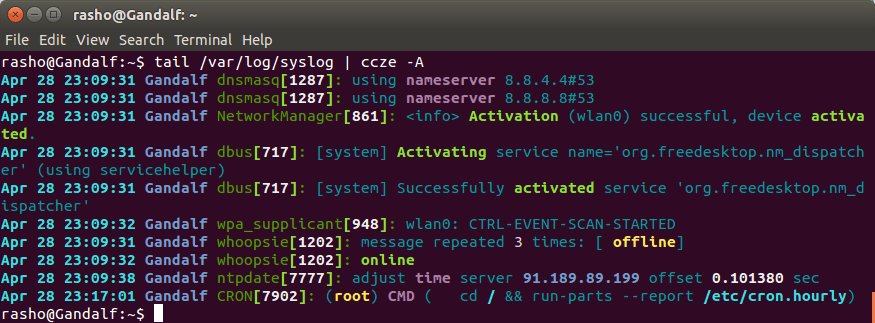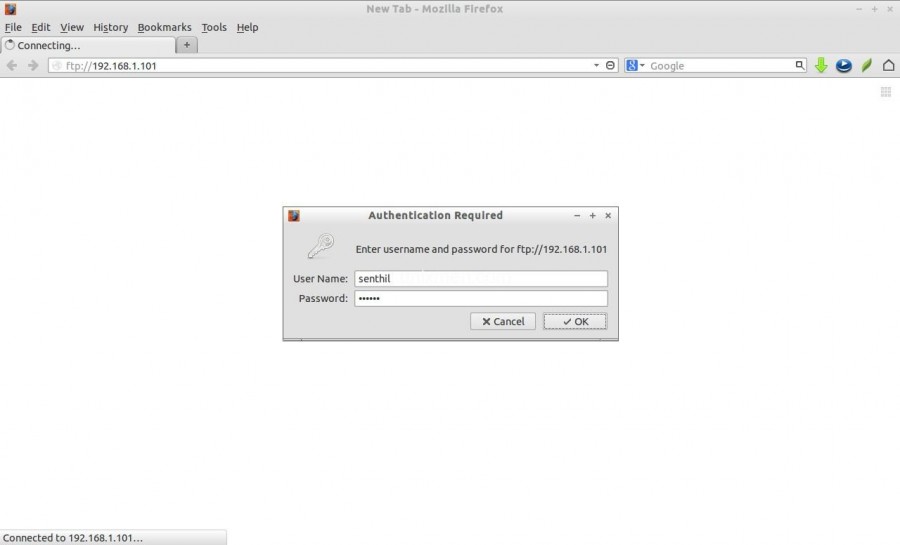

# cat /var/log/vmware/marvin/tomcat/logs/marvin.logĬat /var/lib/vmware-marvin/config-initial.json | json_ppĬat /usr/lib/vmware-marvin/marvind/webapps/ROOT/WEB-INF/classes/application.properties # less /var/log/vmware/marvin/tomcat/logs/marvin.log Generate log bundle: python /mystic/generateLogBundle.py -v
Centos logtail upgrade#
var/log/mystic/lcm-migration.log – (If OVA deployment part of upgrade sequence) var/log/mystic/lcm-web.log – (Upgrade info) var/log/mystic/lcm-do.log – (‘DO’ related micro services info during LCM) var/log/mystic/connectors-eservice.log – (Support a/c info, composite bundle download, online chat, community) var/log/mystic/connectors-esrs.log – (ESRS) var/log/mystic/connectors-market.log – (Market Catalog) var/log/mystic/connectors-cluster.log – (Cluster related info such as disk replace, health, shutdown,LED) var/log/vmware/marvin/tomcat/logs/DellPTAgentResponse.log – (PTAgent connectivity issues) var/log/vmware/loudmouth/loudmouth.log – (Discovery) var/log/vmware/marvin/tomcat/logs/localhost_access_log.txt – (Http Requests predominately vCenter Plugin requests)

var/log/vmware/marvin/tomcat/logs/marvin.log – (Expansion activity) For specific microservice log detail filter by the microservices name for example: Note: is a good starting point for all microservices related information.
firstboot.log – detailed information in relation to micro services boot up during initial configuration. – micro services related information. dayone.log – detailed information in relation to initial first run configuration. Monitor VxRail bring-up logs: dayone.log, & firstboot.log: Note: SLES15 is the OS used for VxRail Manager. I hope this cheat sheet helps you get started with some quick options.The following log files can be accessed either via console or SSH to VxRail Manager. To see all the options be sure to read the man page. The journalctl system takes system logging to the next level. For complete time and date specification, see systemd.time(7) –system Print out the bootids which can be later used in filtering from time of a specific bootid -b įilter only based on the specified boot -k or –dmesgįilter based on perl-compatible regular expressions for specific text –case-sensitiveĭo case insensitive searching -S, –since=, -U, –until= Merge based on time local and remote entries –list-boots Suppress warnings or info messages -m or –merge x or –catalogĮxplain the output fields based on metadata in the program -q or –quiet To manually trigger GitLab log rotation with logrotate, use the following command: /opt/. Some examples include journalctl -o verbose to show all fields, journalctl -o cat to show compact terse output, journalctl -o json for JSON formatted output. Logrotate is a scheduled job but it can also be triggered on-demand. Show the most recent n number of log lines -o or –output=Ĭustomizable output formatting. Like a tail operation for viewing live updates -e or –page-end Show all characters, even long and unprintable lines and characters -f or –follow You can think of running journalctl -f as doing a tail operation on the system log. The –follow flag is used for the tail operation. You can use the journalctl command to print all the system logs, you can query it with a finer grained query, and sometimes you just want to TAIL the system logs to watch the system live as it operates. The data is structured and indexed so its not like you are searching plain text files using grep, you have much more advanced searching and finding capabilities. Journalctl is a fancy new service in linux distributions, such as Ubuntu, Debian, CentOS and others, that wraps and abstracts the system log into a command line interface tool making it easier to find what you are looking for.






 0 kommentar(er)
0 kommentar(er)
